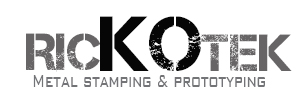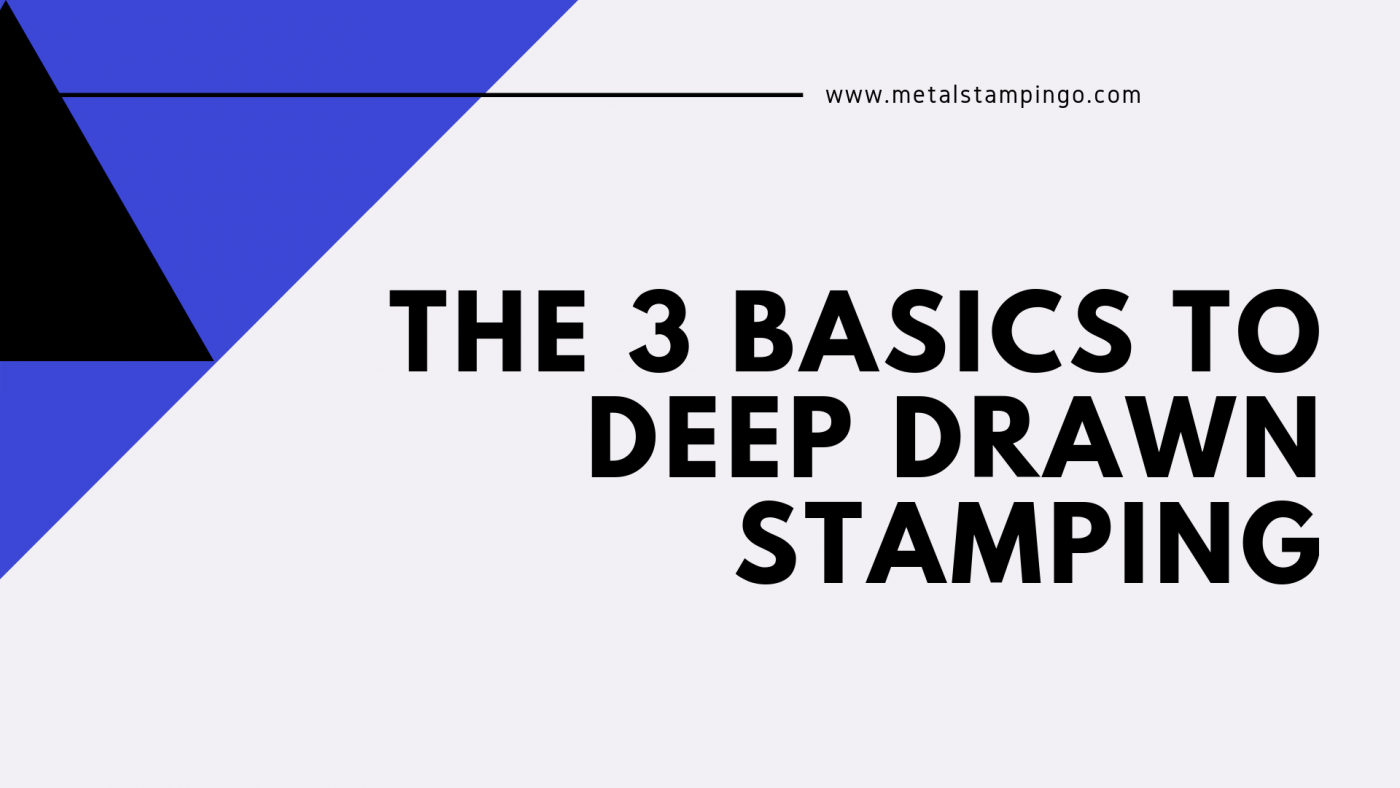Deciding the best method for manufacturing a high-quality product with the lowest cost can be challenging with the various technologies available today.
Therefore, examining the project’s requirements will often be the best approach for determining the most suitable method for manufacturing.
Below are some useful signs to determine if deep drawn metal stamping is the best method.
Signs For Choosing Deep Drawn Metal Stamping
Low Per Unit Cost
The overall cost per unit goes down as the pieces required an increase, making deep drawn metal stamping a unique manufacturing method.
Light Weight and High Strength
The Deep drawn metal stamping process produces parts that are stronger than their original material. The method uses pressure to form each component within the die and stresses are applied in the content.
A process referred to as cold working will change the material’s grain structure, making it stronger with a more durable final product.
Additionally, the denser grain structure provides a smaller wall thickness, manufacturing parts that are stronger, but lighter compared to other methods.
High-quality and Seamless Finish
The Deep Draw process can be used for complex geometries while manufacturing completely seamless finished products from a single piece of material.
It avoids the need for reworking the part due to poor leakage adhesion, or corrosion familiar with seamed products.
Deep drawn parts often have a higher quality finish compared to alternative manufacturing methods like extruding. Therefore, high-quality pieces can be made with less scrap material.
Time Equals Money
Deep drawn metal stamping is a fluid process, reducing the cycle time much less compared to the per part cycle time of other manufacturing methods.
Other aspects that reduce overall production time include less downtime, increased line speeds, and lower technical labour requirements.
Reduced production time equals more profit margins for the company.
Ways to Increase Production
The production and material are two main factors of determining the cost benefits of the manufacturing process.
Traditional stamping methods continue having a role in different part productions, and deep drawn metal stamping can reduce production time compared to other manufacturing methods.
Labour and fundamental economics are used to determine the viability of savings.
Therefore, the cost of the product cycle can be more accurate. Meanwhile, the cost-benefit analysis indicates deep-drawn manufacturing to be the most efficient method for preventing overruns while reducing costs.
Improved Fundamentals
Fundamentals were built into deep draw manufacturing representing significant cost savings for the end product’s recipient.
Longer productions are known to cost less per unit, but this savings is reduced further by deep draw manufacturing through material and labour production costs.
When combined with lower overhead costs and reduced lead times for manufacturing, the price per unit reflects the cost savings.
Reduced Labor
A fundamental represented by improved savings and increased production capacity from production length is due to deep draw manufacturing requiring reduced labour compared to alternative methods.
Reduced labour allows for individual parts to be produced with a significantly lower per-unit cost.
Fewer Materials
Materials are a significant economic driver on cost per unit that can extend past the individual manufacturing run. Thus, a method of lowering the number of material use results in cost savings.
The deep drawn stamping method provides less material usage per part during production runs compared to other techniques, making the method more cost-efficient.
Deep Draw manufacturing offers shorter lead times and reduced overhead, with overall fundamentals of the process, it represents critical cost savings towards both the entire production cycle and per unit basis.
Furthermore, it explains why deep draw metal stamping has quickly been adopted throughout the manufacturing industry.
Reducing Production Costs
Deep draw metal stamping provides considerable cost savings compared to alternative methods, particularly during production runs with complex geometries or parts that require extreme accuracy and precision.
However, additional cost savings may be obtained through the Deep Draw process if basic geometries are required or the parts must be seamless.
Combined with the reliability of deep draw manufacturing and various material options, cost-saving potential is clear.
Effective and Efficient
Deep draw manufacturing, in simple terms, is a process of production that draws material into shape, configuring it as needed.
Manufacturers use a variety of specific dies and processes, but the overall process is more effective and efficient compared to traditional stamping methods.
Additionally, another advantage includes a limited about of material is wasted, if any. When material costs are considered, the less material wasted, the more efficiently the content will be used.
Directly Affects on Cost
There are numerous ways deep draw stamping impacts costs directly to offer an efficient and low-cost option to traditional production methods, including:
- The increased volume reduces the price per unit
- Improved material handling, using less material per part compared to conventional methods
- Precise and accurate part production, eliminating secondary runs and reducing labour cost
Although not directly targeting deep draw manufacturing cost analysis, the process offers advantages of producing parts that require significant strength, a tight tolerance, and providing minimal weight characteristics.
When we combine all these factors, we will find that they provide the potential for lower project cost and per-unit cost, which is visible within the final parts produced.
Therefore, offering an opportunity to use an efficient and cost-effective process.

